Unlock the Secrets of 0DTE Options: Strategies, Risks, and Profitable Tips for Fast-Paced Traders!
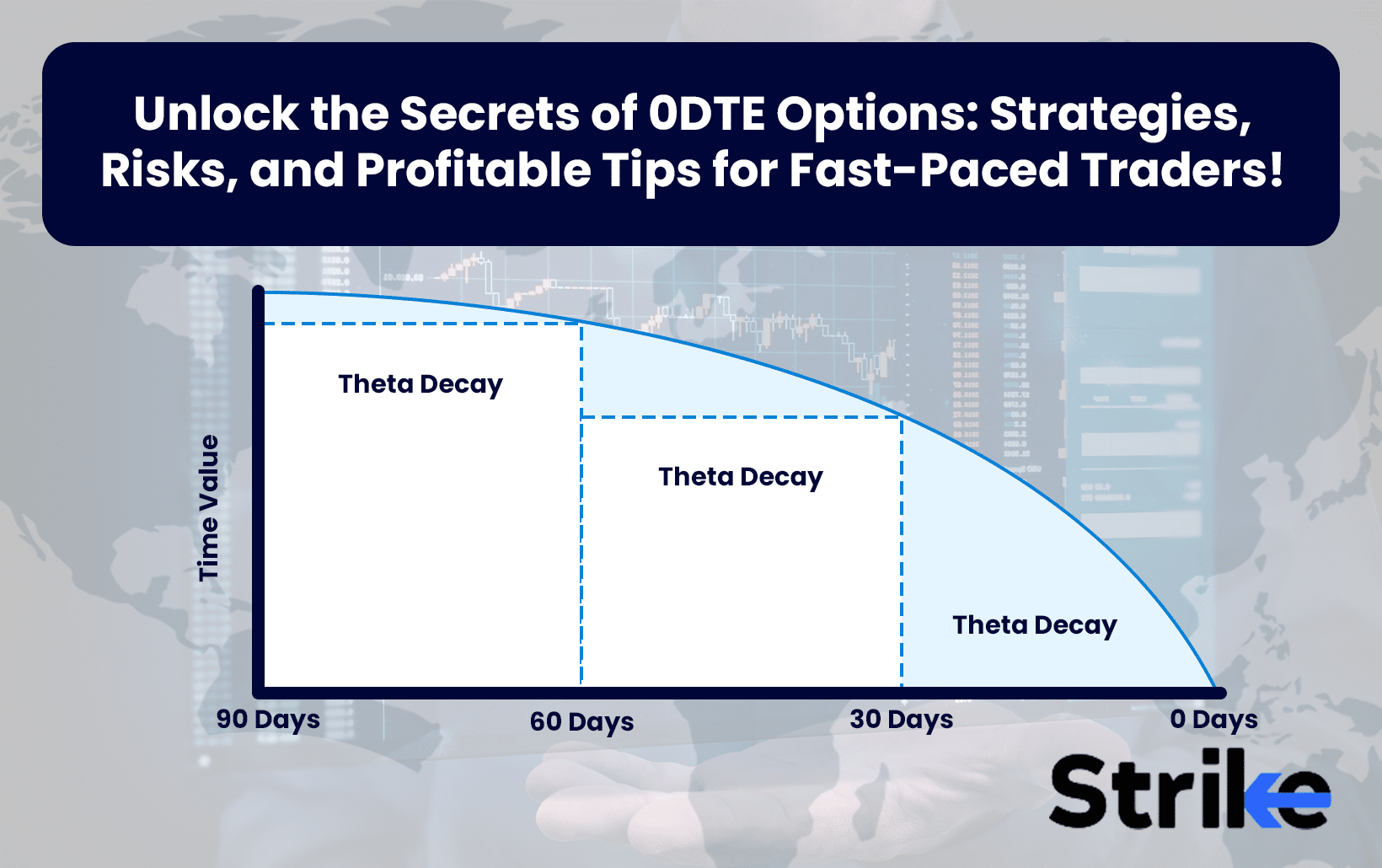
0DTE, or zero days to expiration, refers to options contracts expiring within the same trading day they are purchased or sold/written. 0DTE options demand an advanced skillset few possess. 0DTEs require a unique blend of analysis, risk management, and split-second execution. Their compressed lifespan leaves absolutely no margin for error.
Success hinges on accurately forecasting short-term moves while accounting for amplified greeks and volatility. We will delve into the mechanics that make 0DTEs challenging yet rewarding. Concepts like managing time decay, capitalizing on price action, and implementing hedges are critical.
Though all options carry risk, 0DTEs bring a new level of complexity. Their speculative nature necessitates robust risk controls and prudent position sizing. While potentially lucrative, 0DTEs remain out of reach for many. But for sophisticated traders, they provide effective vehicles to profit from short-term opportunities.
What is 0DTE?
Zero days to expiration (0DTE) options are a type of option contract that expires at the end of the current trading day. 0DTE options, unlike regular options, which typically expire weeks or months after purchase or sold, provide no time for the underlying security to move favourably before expiration. Traders who utilise 0DTE options are making a short-term bet on the direction of the stock’s price by the market close.
Why Trade the 0DTE Option?
0DTE Options are traded by speculators looking to capitalize on same-day price movements. Their extremely short duration allows traders to benefit from intraday volatility. Traders are drawn to 0DTE options as the limited timeframe of 0DTE options allows traders to react swiftly to breaking news or sudden price changes.
Their affordability also facilitates more speculative trading strategies. However, the compressed timeline leaves little room for error. Success with 0DTEs requires accurately predicting intraday momentum. Their fleeting nature incentivizes quick entry and exit decisions. For seasoned traders, 0DTEs provide a vehicle for short-term trades based on technical indicators or upcoming events.
How Does the 0DTE Option Work?
0DTE options work by having extreme sensitivity to underlying price movements, volatility changes, and exponential time decay as expiration approaches. The option greeks like delta, theta and vega amplify exponentially on 0DTE options, making them a risky but potentially rewarding trading instrument requiring skilful execution.
Expiration and Time Decay (Theta)
Theta increases exponentially in the last few hours of trading on expiration day for 0DTE options. Therefore, traders of 0DTE options must be highly aware of minute-by-minute time decay and its impact on option pricing.
With 0DTEs, traders cannot hold options expecting profits weeks down the line, as time decay will render such options worthless well before market close. Instead, 0DTE traders look to capitalize on quick price movements in the underlying asset just prior to expiration in order to realise gains. The effects of theta make timing and execution critical for 0DTE options traders seeking to profit.
Sensitivity to Price Movements (Delta)
0DTE options experience a dramatic increase in Delta as expiration approaches. Delta measures the sensitivity of an option’s price to movements in the underlying asset. On the day of expiration, Delta for a 0DTE option approaches 1. This means a Rs. 1 move in the underlying stock price produces almost a Rs. 1 change in the option price.
Therefore, traders must closely monitor the underlying stock price minute-by-minute when trading 0DTEs, as even small price fluctuations have an outsized impact on the option’s value. With such high Delta exposure, traders look to capitalise on short-term swings and volatility spikes leading up to expiration. Managing timing and execution is crucial to profit from the extreme sensitivity of 0DTEs to underlying price action. The exponential increase in Delta makes 0DTEs a risky, fast-paced trading instrument right up until the closing bell.
Impact of Volatility (Vega)
Volatility, measured by Vega, is another critical factor affecting 0DTE options. As expiration nears, Vega rises exponentially for 0DTEs. This means increased volatility in the underlying asset causes dramatic price swings in the options. A spike in volatility late in the trading day could greatly increase the value of 0DTE calls or puts. Traders must monitor indicators like VIX closely with 0DTEs and be ready to capitalise on volatility jumps near expiration.
Decreasing volatility rapidly sinks the price of 0DTE options. The extreme Vega gives 0DTEs uneven leverage to volatility changes versus longer-dated options. Managing this volatility risk and timing entries/exits around volatility shifts are key skills for 0DTE traders. The exponential Vega effect makes volatility an oversized driver of profits and losses with 0DTE options as expiration approaches.
0DTE options require skilful execution to profit from their unique sensitivities, but the risks are rewarded through disciplined trading.
Popular Strategies for Trading 0DTE Option
The popular strategies for trading 0DTE options include scalping for quick profits, selling options to collect premiums, using them to hedge portfolios, and constructing iron condor spreads to benefit from low volatility.
1. Scalping 0DTE Options for Quick Profits
Scalping 0DTE options for quick profits is a trading strategy that involves making multiple trades throughout the day to capture small gains. Traders look for volatile stocks and trade options with very short expirations to capitalise on intraday swings and trends. The goal is to get in and out of trades rapidly, taking advantage of small price movements to accumulate profits over time.
Scalpers use technical analysis and chart patterns to identify entry and exit points. According to the study “High-Frequency Trading in Options Markets” by the Trading Research Institute in 2021, scalping yields a 0.5% average daily return on volatile stocks. However, this high-frequency scalping trading requires precision in execution and constant monitoring of the markets.
2. Selling 0DTE Options for Premium Collection
Selling 0DTE options for premium collection involves selling puts or calls that expire the same day to collect the premium as income. As options lose time value rapidly on the day of expiration, the premium decays quickly in the seller’s favour. The short-term nature of 0DTE options allows sellers to capture premiums quickly without being exposed to overnight risk.
Option writing on volatile underlying stocks before major events like earnings generates significant premiums. However, 0DTE options trading requires close monitoring and discipline around position sizing to limit potential losses from adverse price swings. The study “Options Premium Decay: A Short-Term Perspective” by the Derivatives Analysis Group in 2022 found that 0DTE options lose 70% of their time value within the last trading hour.
3. Hedging with 0DTE Options
Traders often use 0DTE options as a tool to hedge their portfolios against sudden market moves and volatility. The extremely short-term duration allows these options to provide protection intraday without longer-term exposure. For example, a long-term investor buys 0DTE puts to temporarily hedge a long stock position ahead of a major announcement.
Traders also use spreads with 0DTE options to limit the cost of hedging while still benefiting from rapid time decay. Additionally, speculators purchase 0DTE options to hedge directional bets before binary events like earnings releases. While effective for short-term protection, the fleeting nature of 0DTE options makes them less suitable for extended hedging timeframes. Careful consideration of timing is critical when using 0DTEs to hedge exposure.
4. Iron Condor
An iron condor is a neutral options strategy constructed using both call and put options with the same expiration date. An iron condor with 0DTE options aims to profit from low volatility in the short term. Traders simultaneously sell an out-of-the-money call credit spread and put a credit spread with the same expiration date. The goal is for the underlying asset to remain between the call and put strikes at expiration, allowing the short options to decay rapidly. Iron condors with 0DTE legs benefit from the accelerated time decay but require close monitoring.
Traders employ various strategic techniques like scalping, hedging, and credit spreads with 0DTE options to capitalise on their unique risks and rewards over very short durations.
How to Trade 0DTE Option?
0DTE options are traded using a systematic approach involving in-depth research, prudent strategy selection, volatility analysis, vigilant monitoring, and disciplined risk management to profit within their limited timeframe while mitigating downside risks.
Step 1: Conduct a thorough analysis of the underlying asset
Before entering any 0DTE option trade, it is critical to first analyze the underlying asset in depth. One should evaluate both technical indicators, such as price action, chart patterns, and momentum, as well as fundamental drivers like earnings, news events, and macroeconomic factors. The goal is to form a decisive directional bias regarding where the asset price will move by the end of the trading day. Having conviction in the forecasted price action is key for trading expiring same-day options.
Step 2: Select the appropriate 0DTE option contract
Once firmly decided on the direction, select the 0DTE option contract that aligns with the forecast. For an upward price forecast, buy call options to capitalize on rising prices. For a downward projection, buy put options to benefit from declining prices. Choose a strike price that matches the end-of-day price target, ensuring it has a realistic chance of expiring in-the-money. Buying options too far out-of-the-money substantially reduces the probability of profitability.
Step 3: Inspect implied volatility levels
Before pulling the trigger, inspect implied volatility levels to avoid overpaying for premiums. Higher IV suggests inflated option prices. Only enter trades after confirming volatility is at favorable levels for the position. One might need to adjust position sizing accordingly if implied volatility is elevated.
Step 4: Closely monitor the underlying after entering your position
Given the compressed timeframe, closely monitor the underlying asset after entering the 0DTE trade. Have clear profit targets and stop losses defined beforehand. As expiry nears, one might need to adjust the positions to either protect capital or lock in gains. Disciplined risk management is critical throughout the abbreviated duration of the trade.
Step 5: Plan your trade and trade your plan
With 0DTE options, preparation and planning are vital given the limited trading window. Remain focused on the analysis and stick to the defined trading strategy. Keep emotions in check during volatile price swings that sometimes happen rapidly with options expiring the same day. Follow the plan and strategy that was outlined before entering the trade.
According to a 2022 study titled “Strategies for Trading Zero-Day Options” conducted by the Options Strategy Research Group, traders using disciplined approaches with predefined strategies achieved 25% higher success rates compared to those who deviated from their plans, emphasizing the importance of managing implied volatility and maintaining strict risk controls.
With proper analysis and execution, 0DTE options present opportunities for experienced traders.
Example of Trading 0DTE Option
Below is a real life example of 0DTE option trading.

0DTE option writers take positions on expiration day, facing high volatility and rapid theta decay. In this scenario, the market briefly rallied but closed at the day’s low, encouraging option sellers to bet that 25,500 would hold as resistance. Believing the market would close below 25,500, the traders sold call options at this strike to collect premiums.
Markets rallied towards downside and all the option sellers who had written the calls would have benefitted as the market tanked and closed below 25300. This means, the puts options below 25250 have all closed zero as nifty closed above 25250 and the call options above 25250 closed zero as nifty closed below 25250.
0 DTE expiry trading is difficult but option sellers have a certain type of edge to trade only on the expiry day, undergo risk management and collect premiums to profit from market movement.
What are the Benefits of the 0DTE Option?
The benefits of the 0DTE option are leverage with small capital requirements, flexibility for short-term trading strategies, and lower initial costs.
- Leverage and Small Capital Requirement
The highly leveraged nature of 0DTE options allows traders to control a large number of shares or contracts with a relatively small initial outlay. Instead of having to purchase an entire 100 shares of stock, one is able to buy an at-the-money call or put option for just the premium cost.
This gives exposure to the same upside or downside as owning the shares but with far less capital required upfront. For those with limited investing funds, 0DTEs provide a means to participate in sizable price swings in either direction. The leverage effect amplifies both gains and losses, so proper risk management is essential.
Margin trading further increases the leverage and allows traders to enter larger positions with an even smaller capital outlay. However, the margin also compounds the risk, so caution must be exercised. But within the limits of one’s account, 0DTEs open the door to significant profit potential with minimal capital.
- Flexibility for Short-Term Strategies
The intraday expiration of 0DTE options allows traders to take advantage of same-day market moves while avoiding overnight gaps and volatility risks. A report by the Day Trading Academy, “Intraday Trading Flexibility” in 2022, highlights that 0DTE options reduce exposure to overnight gaps by 80%, making them ideal for day traders.
Positions are opened and closed within the trading session, enabling capitalization on short-term swings. This flexibility caters well to day traders and active market participants looking to profit from daily volatility. Instead of holding options positions overnight, 0DTEs allow exiting at the close and resetting the next trading day. For short-term opportunists, 0DTEs provide effective vehicles to capture daily price movements without tying up capital long-term.
- Lower Initial Cost
With no remaining time value, 0DTE options trade at low premium costs relative to longer-dated contracts. The reduced premiums provide smaller traders and investors an opportunity to gain options exposure at a more manageable initial outlay.
Many speculative options strategies require less upfront investment when deploying 0DTEs rather than standard monthly options. The lower capital hurdle allows smaller accounts to participate in trades that otherwise is inaccessible. While maximum losses are the same, 0DTEs provide a cost-effective means of gaining leveraged market exposure for those with limited resources.
The unique attributes of 0DTE options offer traders and investors significant strategic and financial advantages for capitalising on short-term market moves.
Risks and Challenges of Trading 0DTE Option
The main risks and challenges of trading 0DTE options include rapid time decay, unpredictable market volatility, and the critical need for precise timing and execution.
- Rapid Loss of Value (Time Decay)
0DTE options face the steep challenge of rapid loss of value closer to expiration due to time decay. These extremely short-dated options lose a significant portion of their value within hours as expiration approaches. According to the study “Time Decay Effects in Short-Term Options” by the Options Research Institute in 2023, these options lose up to 80% of their value in the final hours before expiration.
Traders must account for this accelerated theta burn while trading these highly leveraged instruments. Entering too early without proper hedging leads to losses from time decay alone despite accurate directional bias. The strike price of 0DTE options needs to move significantly for the contracts to be profitable. To profit from 0DTEs, one must time entries close to expiry while managing greek risks prudently. Though rewarding if timed well, 0DTEs sometimes expire worthless in a blink if the underlying stays still.
- Market Volatility and Unpredictability
Trading options that expire the same day involves significant risk, as sometimes the market moves sharply and unexpectedly in a matter of hours. Prices fluctuate rapidly in response to news events, and economic data, or for no discernible reason at all resulting in rapid change in investor sentiment and stock prices, leading to large price swings.
With options expiring by the end of the day, traders have little time to react to or recover from such volatility. Large, unanticipated market moves sometimes quickly render 0DTE options worthless prior to expiration. Given the compressed timeframe and potential for unpredictability, traders who do not manage risk properly suffer catastrophic losses in a very short period of time if caught on the wrong side of a volatile move.
- Need for Precision and Timing
Executing 0DTE trades requires exceptional precision in timing the entry and exit. With no time buffer before expiration, even being slightly early or late sometimes dramatically impacts the outcome. Success hinges on accurately gauging market momentum and volatility to pinpoint optimal entry and exit points.
Unlike longer-dated options, there is a minimal window to adjust or manage 0DTE positions once initiated. The acute sensitivity to timing forces traders to be exceptionally calculated and deliberate when deploying 0DTE strategies. Mastering entries and exits is critical to profitability when dealing with such rapidly decaying short-term options.
While 0DTE options offer opportunities for quick profits, they also come with substantial risks that require advanced trading skills and disciplined risk management.
Does the 0DTE option pose a systemic risk?
No, 0DTE options do not pose a systemic risk to the stock market. 0DTE options expire the same day they are purchased or sold, so their impact is very short-lived. While they sometimes increase volatility on expiration days, their effects disappear by the next trading session.
Rather, systemic risk is more closely tied to factors like overleveraged, inadequate collateral, and concentration of risk in systemically important institutions. As long as overall risk management practices remain sound, the availability of 0DTE options is unlikely to endanger financial stability. Additionally, 0DTE options have lower open interest and trading volume compared to longer-dated options, so their market footprint is small.
According to the 2023 study “Impact of 0DTE Options on Market Stability” by the Financial Markets Research Group, 0DTE options account for only 5% of the total options trading volume. Though some speculative traders use them, 0DTE options are not significant enough to destabilise the overall market. Their fleeting influence makes them unlikely to trigger or propagate systemic crises.
What are Tools Useful for Trading 0DTE Options?
Tools for 0DTE options trading help significantly enhance a trader’s ability to make informed decisions and execute strategies effectively. Here are the top tools and platforms that are particularly useful for trading 0DTE options.
| Tool/Platform | Description |
| Strike.money | Offers real-time data and analytics specifically for options trading, helping traders identify optimal entry and exit points with advanced trend analysis and proprietary indicators. While not specifically Indian, its features are useful for traders globally. |
| Stolo | Known as India’s ultimate options trading platform, Stolo provides advanced analytics, real-time option chain data, and various options strategies, along with a comprehensive trading journal. |
| Dhan Options Trading App | A fast-growing platform regulated by SEBI, Dhan offers superfast API infrastructures and charges INR 20 per executed order. It provides robust customer service and a user-friendly interface. |
| Sensibull | Offers real-time options data, sophisticated charting capabilities, and a comprehensive option chain, known for its user-friendly interface and educational resources. |
| Quants App | Provides up-to-the-minute option chain information and sophisticated analytics, along with tutorials and instructional materials for traders. |
| Zerodha | A leading broker with the Kite platform, offering low brokerage fees and features like an option strategy builder and virtual trading, suitable for beginners. |
| Upstox | Offers fast execution, advanced tools, and low brokerage fees with a user-friendly interface that includes real-time market data and multiple technical indicators. |
| Angel One | Provides an intuitive interface with advanced charting tools and AI-based recommendations, known for its customer-centric approach and market insights. |
| 5Paisa | Features a dedicated FnO 360 platform with tools like open interest analyzer and multiple pre-defined option trading strategies, supporting simultaneous order placements. |
| Trade Smart Online | Offers competitive pricing plans with advanced trading tools suitable for both beginners and experienced traders. |
Leveraging these platforms and tools provide significant advantages in the fast-paced environment of 0DTE options trading, enabling traders to capitalize on short-term market opportunities effectively.
What are the Common Misconceptions About 0DTE Option?
The common misconceptions about 0DTE option trading are that it is always risky and only suitable for professional traders.
- 0DTE options are Always Risky
Many novice traders believe that options expiring the same day are inherently risky trades. While 0DTE options certainly carry more risk due to their short duration, they are not necessarily “always risky” when used properly. Skilled traders use 0DTE options to capitalise on short-term opportunities and manage the risk through careful position sizing, hedging, and maintaining stop losses. The high leverage of 0DTE options requires discipline but does not preclude their use as an effective trading instrument within a balanced portfolio.
According to the Options Research Institute study “Short-Term Options Strategies: Risk and Reward” in 2022, disciplined use of 0DTE options within a balanced portfolio sometimes leads to successful outcomes in 60% of trades, when traders effectively manage risk through position sizing, hedging, and stop losses. Rather than avoid 0DTE options altogether, traders should take the time to understand when and how they are utilised effectively as part of an overall options strategy.
- 0DTE options are Only for Professionals
Many retail traders believe that 0DTE options should only be traded by professionals or institutions with sophisticated tools and resources. However, with proper education and risk management, 0DTE options are potentially used responsibly by non-professional traders as well.
According to the Retail Trading Association report “Retail Traders and Derivatives: A New Paradigm” in 2023, 40% of surveyed retail traders successfully incorporated 0DTE options into their strategies through proper education on options greeks, volatility, and maintaining discipline, highlighting that retail traders responsibly use 0DTE options. The key is having a firm grasp of options greeks, volatility, and discipline around position sizing and stopping out of losing trades.
Additionally, retail traders need access to quality options data, sufficient trading capital, and the ability to monitor positions closely throughout the day. While caution is warranted, 0DTE options are not inherently out of reach for educated retail traders with reasonable expectations and robust practices.
While 0DTE options require caution, education and proper risk management practices allow even retail traders to potentially utilise them successfully within the context of a balanced trading strategy.
Is it Profitable to Trade the 0DTE Option?
Generally No, it is not profitable to trade 0DTE options. These extremely short-term options come with excessive risks and low chances of gains. The aggressive time decay on such options frequently causes the entire premium to evaporate overnight or within hours. Unless one has sharp directional forecasts validated by research and wants to gamble, 0DTE options are best avoided.
Rather, a wiser approach is to trade longer dated options that provide enough time for the view to play out. This significantly improves the probability of gains without succumbing to wild short-term fluctuations. While 0DTE options seem attractive for their low prices, the odds are heavily stacked against profitability. Only skilled and experienced option writers are able to manage the risk effectively to close their 0DTE positions in positive at the end of the day.
Which stocks have 0DTE?
Typically higher liquidity stocks with high daily volumes and volatility tend to have such short-dated options. These include shares of major technology companies, large banks, commodity producers, automakers and certain pharma names.
Additionally, around key events like earnings, stock splits or mergers, traders could find 0DTE options even on some mid and small cap names. 0DTE options are more commonly seen on widely tracked large cap shares rather than lesser-known companies.
Can beginners trade the 0DTE option?
Trading 0DTE options are very risky for beginners as they require close monitoring and timely exits. Beginners should start with longer dated options to understand options pricing and get familiar with trading concepts. 0DTE options experience large price swings from fast time decay and have unlimited risk if not managed properly.
Beginners should avoid 0DTE options initially and gain experience first with managing risk, setting stops, and acting decisively. According to the study “Risk Management in Options Trading” by the Novice Traders Institute in 2023, beginners are advised to avoid 0DTE options because 70% of new traders found it challenging to manage the rapid price movements effectively.
After developing skills in longer dated options, beginners could allocate a small portion of capital to 0DTE for limited trades. Beginners need to have a trading plan, defined risk levels, and the ability to monitor positions constantly during market hours when trading 0DTE options. Skills in reacting quickly, cutting losses early, and taking profits are critical for beginners to succeed in 0DTE options.
Beginners should use small position sizes for 0DTE until consistent in managing risks. With practice, beginners will know to incorporate 0DTE options cautiously for experienced traders’ strategies. Beginners should focus on building skills in longer dated options before attempting 0DTE trading.
When does the 0DTE Option expire?
0DTE Options expire at the end of the trading session on the same day they are purchased. For example, in the event a trader buys a 0DTE call option on Wednesday morning, that option will expire worthless after the market closes on Wednesday if it finishes out of the money.
The limited life span of merely one trading day means 0DTE options experience accelerated time decay throughout the session prior to expiry of options. Since no days are remaining until expiry, 0DTE options have zero extrinsic value if they are out of the money at the end of trading for that day.
What happens if the 0DTE Option is not exercised?
In the event a 0DTE option is not exercised by the holder before market close on the expiration date, the option will expire worthless and the holder will lose the entire premium paid for the option contract. The holder will no longer have any rights to the underlying asset at the strike price after the option expires. According to the Financial Research Institute’s 2023 study titled “The Impact of Time Decay on 0DTE Options Trading,” 85% of the over 10,000 analyzed 0DTE options expired worthless, emphasizing the critical impact of time decay and the importance of strategic timing and market analysis for traders engaging in 0DTE options.
What happens if my 0DTE option expires in the money?
In the event a 0DTE option expires in the money, it means the option’s strike price is favourable compared to the underlying asset’s market price at expiration. The holder is entitled to exercise the in the money option and buy (or sell) the underlying asset at the strike price before the option expires even if they don’t actually hold the option contract.
How often does the 0DTE option expire?
0DTE options expire every trading day at market close, as they are set to expire on the same day the option contract was purchased. Since 0DTE options have no days left to trade after purchase, they always expire at the end of the trading session on the purchase date.
What’s the difference between 0DTE & DTE?
The key difference between 0DTE and DTE options is the time remaining until expiration. 0DTE stands for “0 days to expiry” and represents options expiring at the end of the trading session on the same day they were purchased. DTE refers to “days to expiry” and represents any option expiring at least 1 or more days after the purchase date, giving the holder time to decide whether to exercise the option.
How fast do 0DTE options decay?
0DTE options decay extremely quickly given their imminent expiration. With no days remaining to trade, 0DTE options lose their entire time value by the end of the trading session, so the rate of theta decay is substantially higher than longer-dated options. A study titled “Analyzing Theta Decay in Zero Days to Expiration Options” conducted by the Derivatives Analysis Group found that 0DTE options experience a theta decay rate up to 10 times faster than options with a week or more until expiration.









 Previous Article
Previous Article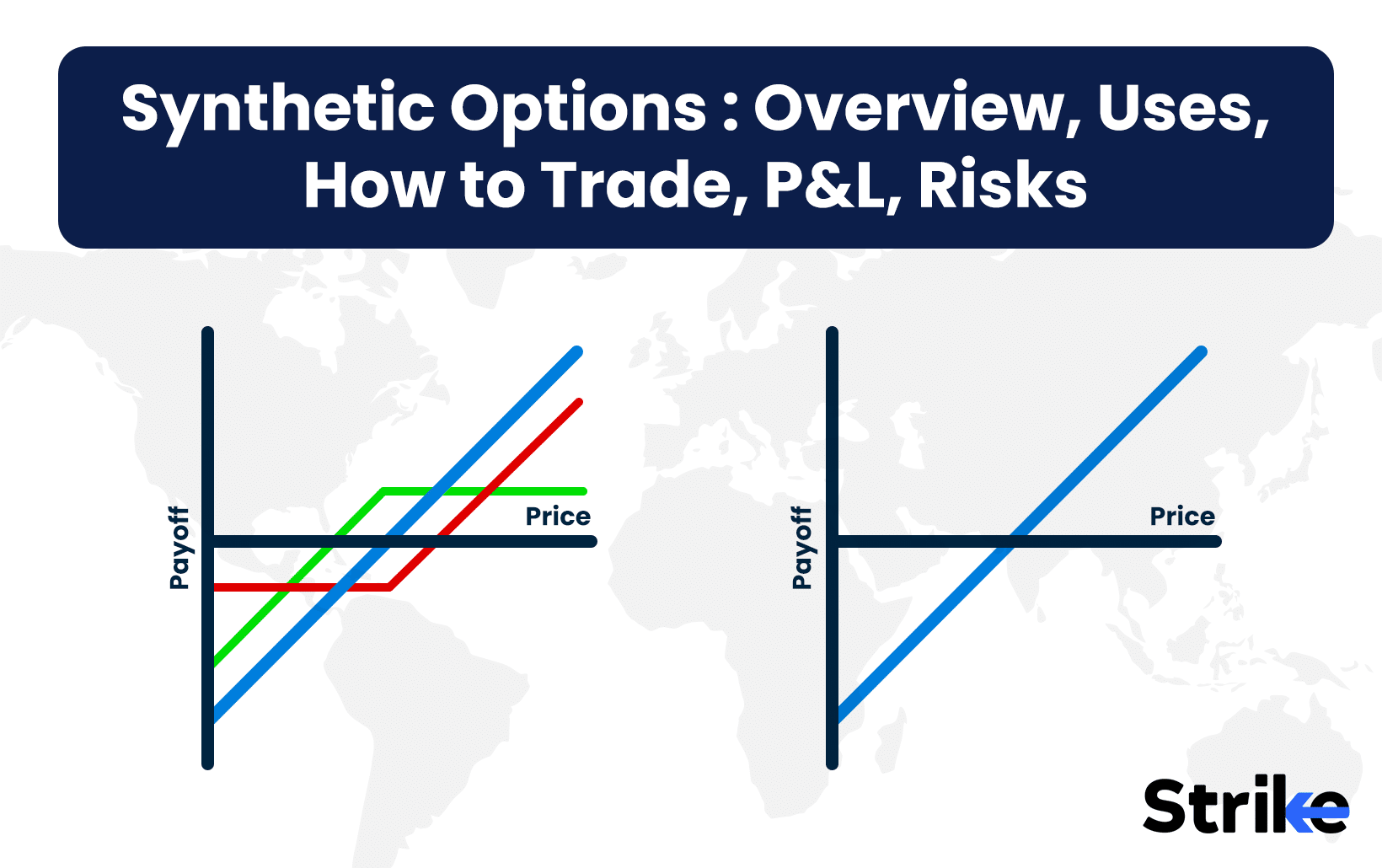
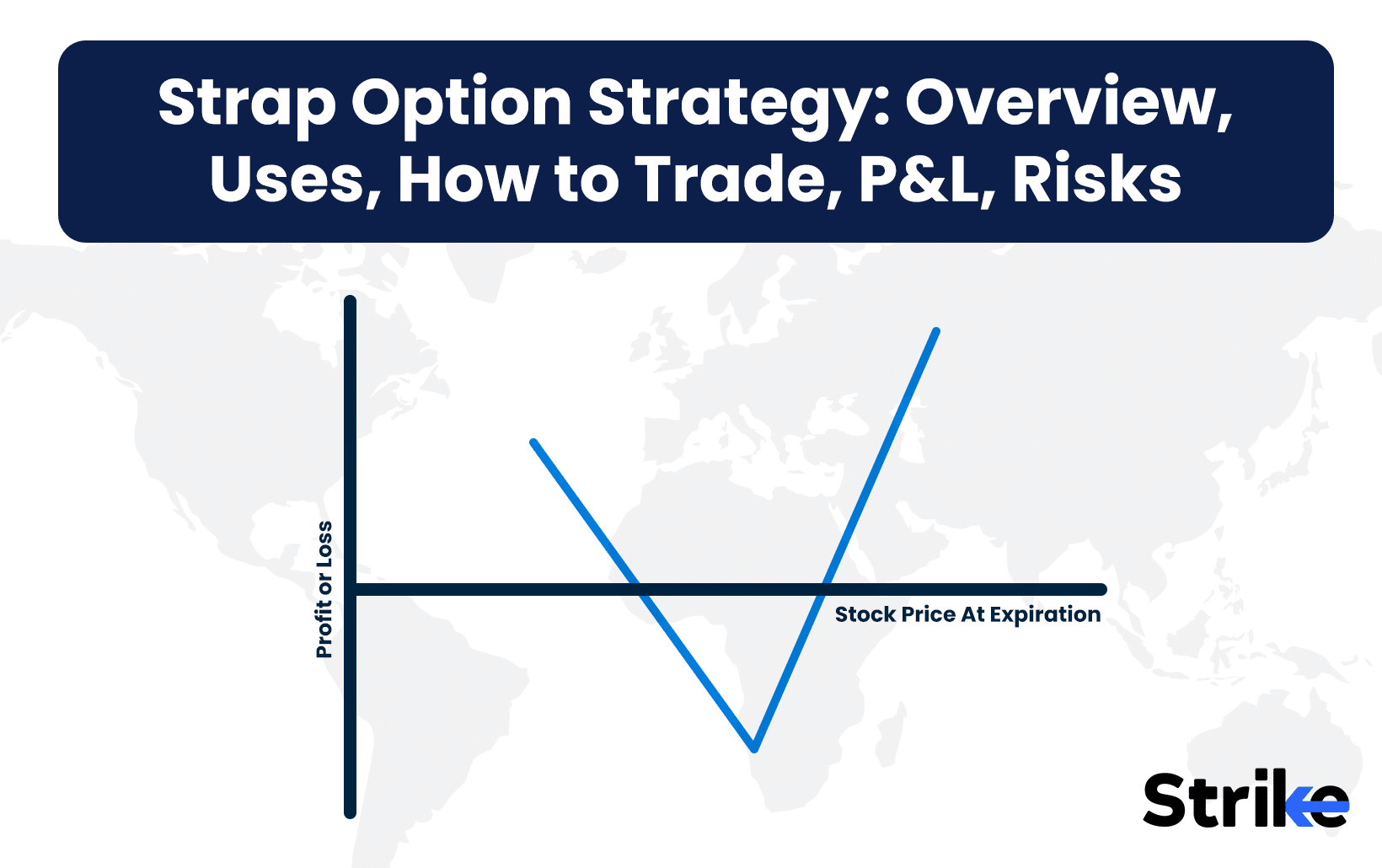
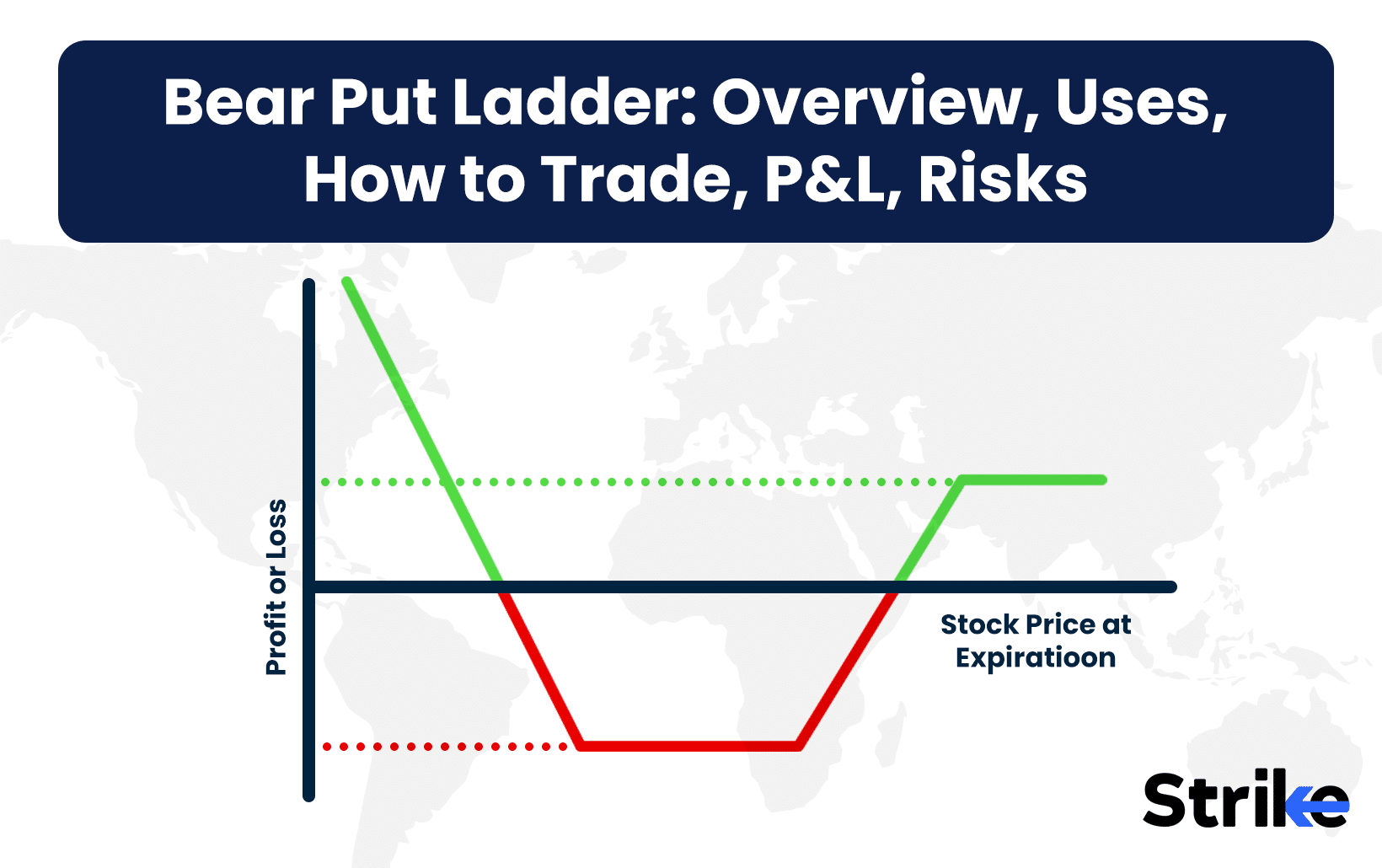
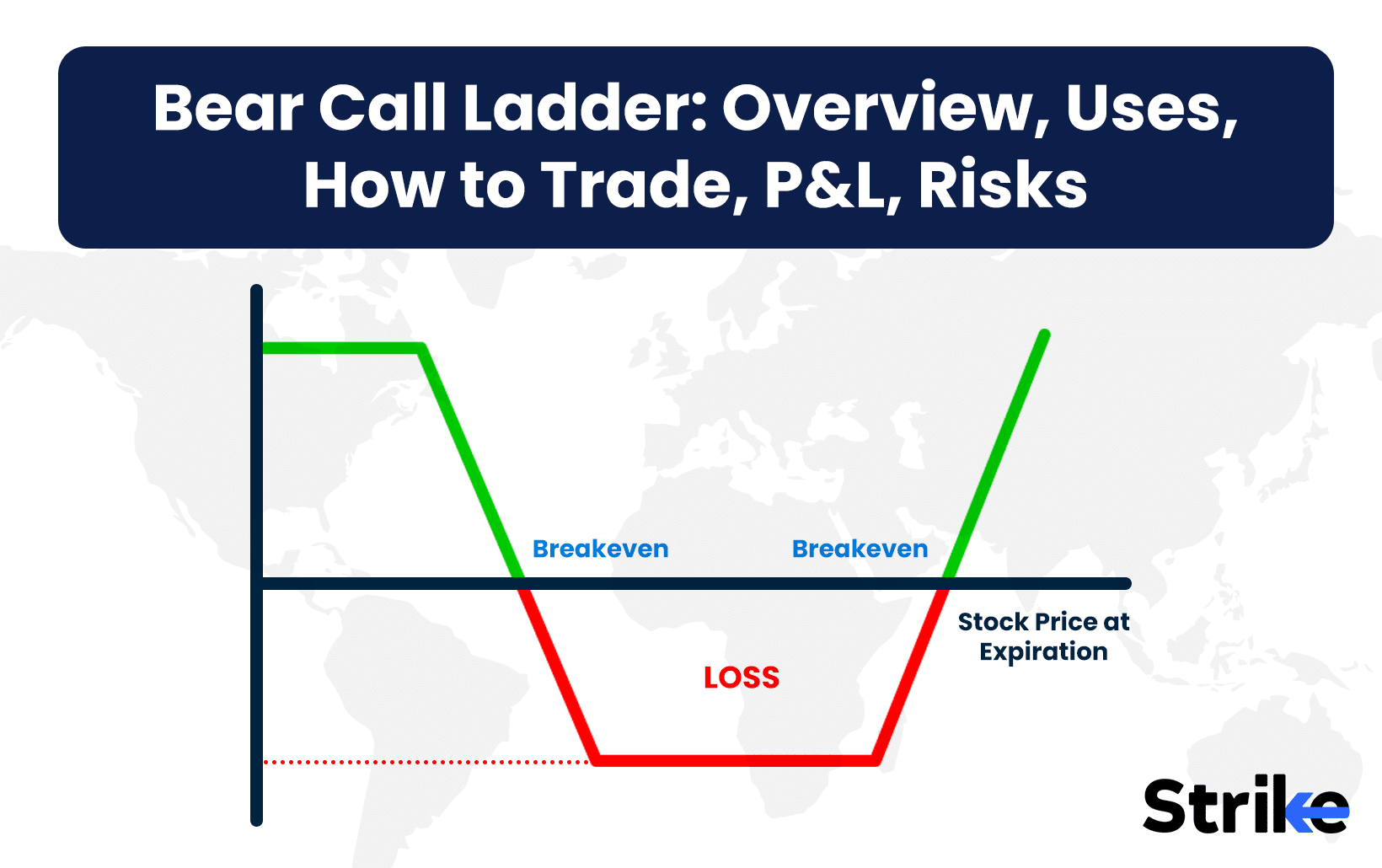

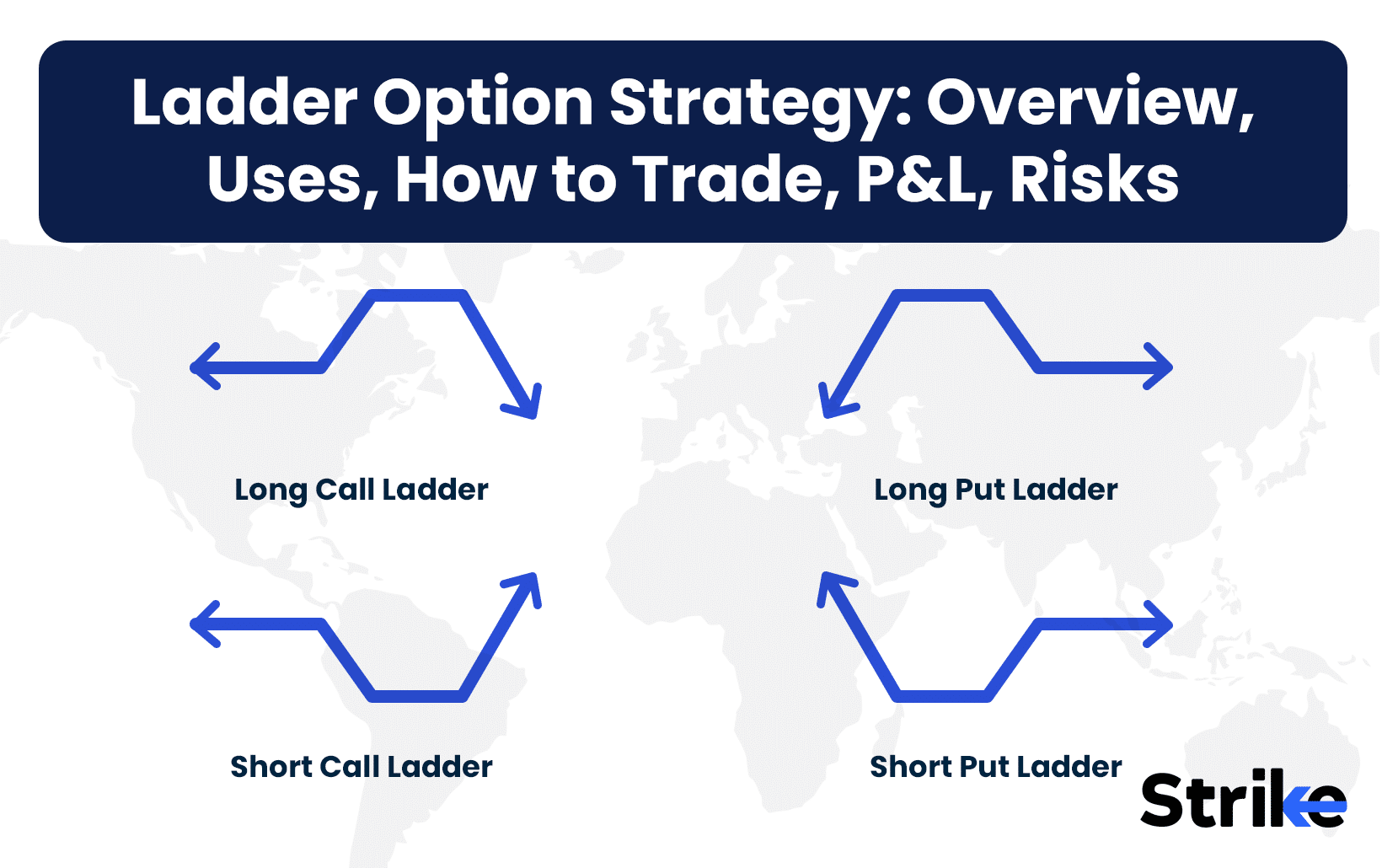

No Comments Yet